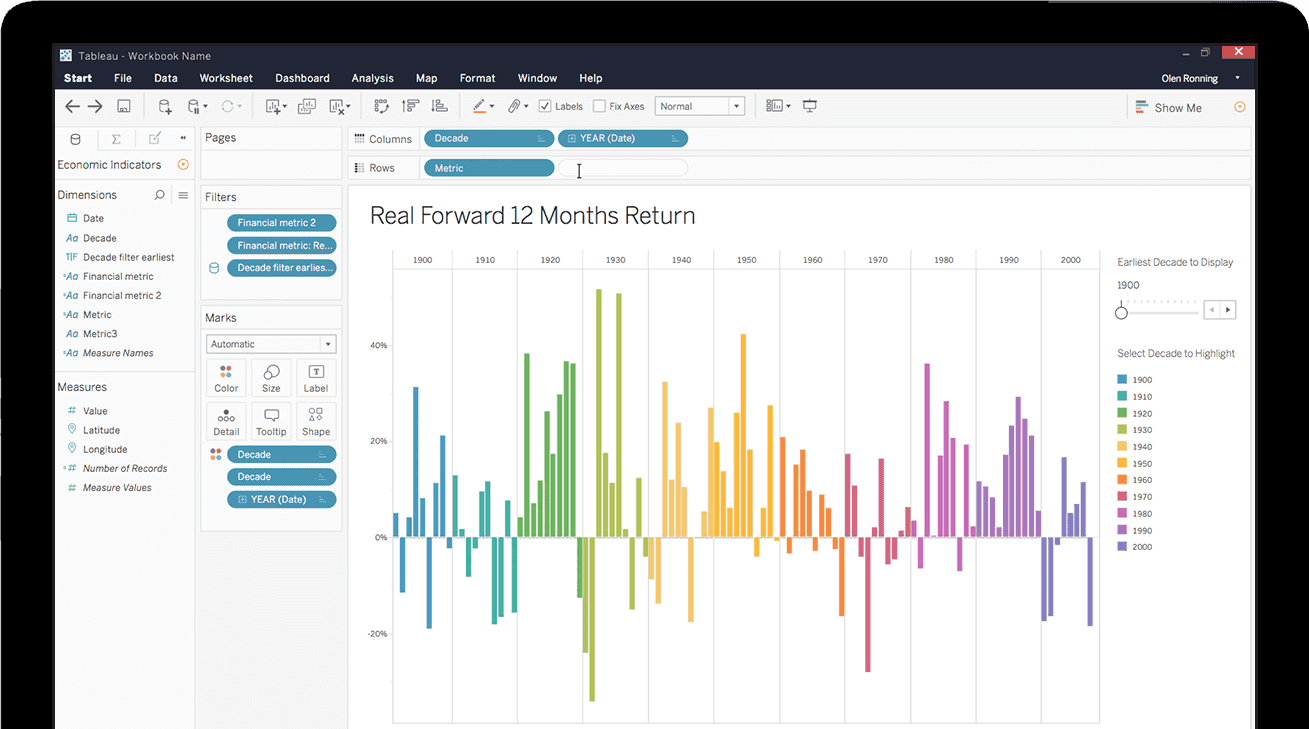
If you’re happy with the Phone layout and the Default then great, you’re finished. As a general rule if it works on the smallest screen it will also work on the larger screens. The Device Preview enables checking against specific phone screen sizes. See the “Default” view is selected by default? (no pun intended…) Click “Phone” to see how your dashboard will appear on a mobile. The Device Preview enables switching between device layouts Once the phone layout is added the left of your screen should resemble the below image. Similar buttons exist to “Add Tablet Layout” and “Add Desktop Layout”. Click that for the Phone option to appear. To the right should be a button saying “Add Phone Layout”. If not click Device Preview and scroll through the Device Types. You should see “Phone” as an option above Device Preview in the Dashboard section of your Tableau Desktop. This has to be the larger of the layouts because when checking the dashboard on other devices it shrinks to Phone.
#Tableau public mobile how to
This is the before and after editing: The automatic mobile view may not be what you want How to create a different mobile layout to the desktop layoutįirstly create the “default” view. Therefore I had to edit it and change the layout on a mobile phone. Also the map isn’t visible until too far down the screen. In addition it made the TAR Solutions logo too large and the map, the most important component, too small. The automatic view on this on a mobile phone moved the filters and the image. The automatic mobile phone view for all 3 was not good.įor example this is the Default view of a Coronavirus in England map: The default Mobile view may not be what you want Within that workbook there are 3 dashboards. Try it, open this post on both devices and see the difference. The layout changes depending on whether you’re viewing on a mobile or desktop. In addition there is no need to create 2 separate dashboards, one specifically for mobile and the other for desktop.Īs an example I created a dashboard to track coronavirus in England. For your users it provides them a far better user experience. It does create some additional work to ensure the dashboard is good on both layouts, but is worth the extra effort. Responsive resizing of Tableau dashboards for different devices is great. Tableau is responsive – tableau Enables Mobile Specific LayoutsĮven better, it is possible for the exact same Tableau dashboard to have a different layout on a mobile device and a desktop. Whether a desktop, tablet or various sizes of mobile phones, Tableau is responsive and can resize to fit the screen.
#Tableau public mobile code
For more information, see: Embed Code for Custom Views.Tableau automatically optimises a dashboard to fit the device, meaning it resizes for viewing on mobile devices. To ensure the original view will be displayed by default in an embedded view, make sure the embed code URL for the name parameter does not explicitly refer to a custom view, and include the following filter parameter in the embed code. Note: When you use the view’s URL for the iframe src attribute, do not include the number sign (#) and number at the very end of the URL.


The following example shows code that can be used to embed a Tableau Public view in an iFrame, where the source ( src) is the URL for the view:




 0 kommentar(er)
0 kommentar(er)
